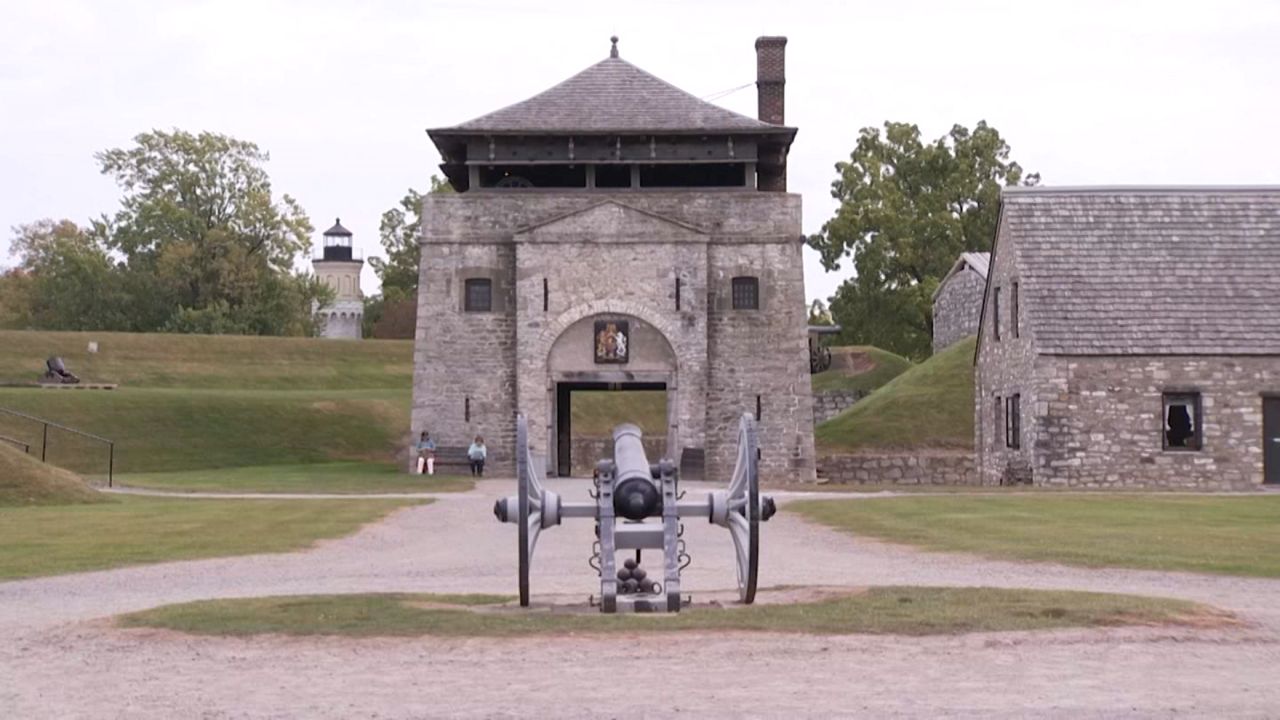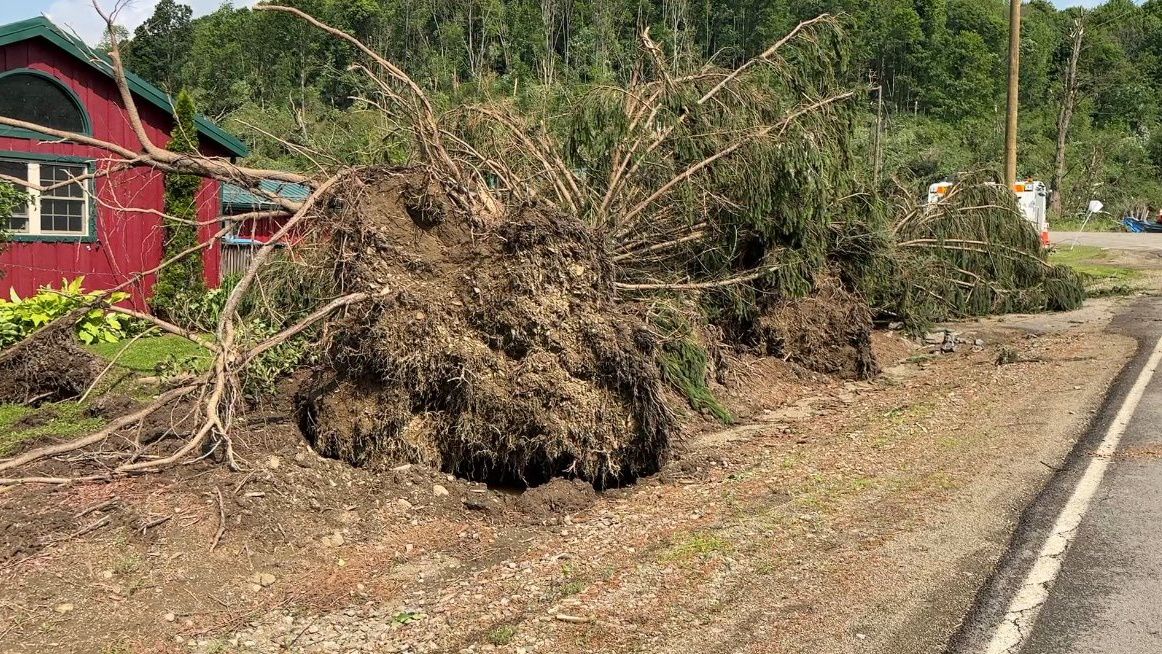BUFFALO, N.Y. — There are calls to save one of Buffalo's iconic grain elevators after it was heavily damaged by those high winds this past weekend.
The Great Northern grain elevator on Ganson Street, near Buffalo Riverworks, partially collapsed Saturday.
The owners, Archer Daniels Midland Milling Company, could receive incentives to repair the grain elevator through state and federal tax credit programs.
The site is already a city of Buffalo landmark, but the Great Northern grain elevator is not on the National Register of Historic Places.
"For the City of Buffalo landmark, they needed to meet one of seven criteria for being a city of Buffalo Landmark,” Gwen Howard, city of Buffalo Preservation Board chair, said. “They identified several in the application that was filed. That gets heard by the preservation board. A presentation is made to the Common Council, who then has a second public hearing about that and makes a recommendation of whether or not it will be included on the registry. A similar process is filed in the New York State Preservation Office, who acts as both a representative for the state and the federal government and makes a determination on the particular site for listing on both of those. It makes it through that process and it can be listed on both the state and national register."
Howard adds that a lot of city of Buffalo residents have written letters to the board urging them to save the grain elevator.
Robert Shibley is the dean of UB's School of Architecture and Planning. He says many architectural historians argue that the Great Northern Grain Elevator should be on at least one of those registers.
"Even if its future as a well preserved ruin, it serves the view, the river life, activity around the grain elevators, as they are now on display as part of our industrial heritage," Shibley said.
U.S. Rep. Brian Higgins is behind this push to save and repair the grain elevator as well.
He wrote a letter to Archer Daniels Midland Milling Company this week. In that letter he said, quote, "I urge you to consider the long overdue designation of this structure on the National Register of Historic Places in order to avail the federal Historic Tax Credit program, the New York State Historic Tax Credit program, and potentially other incentive programs to restore this historic structure.”








